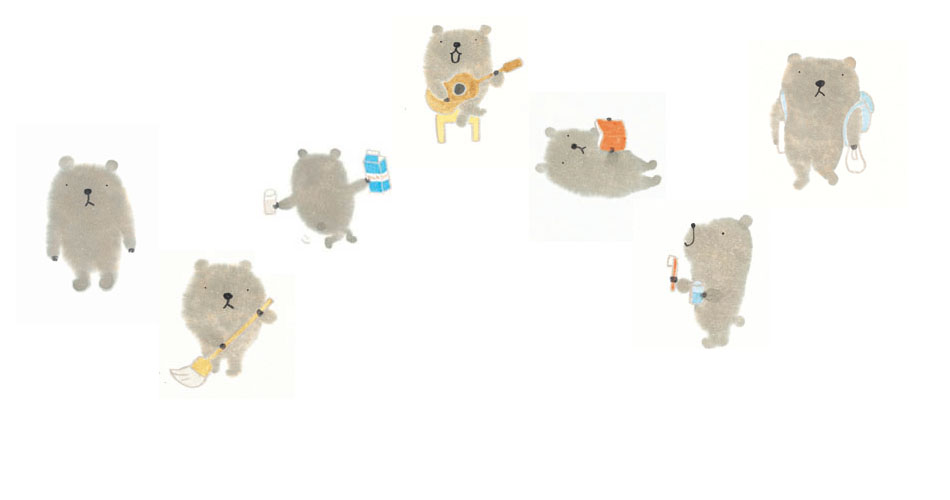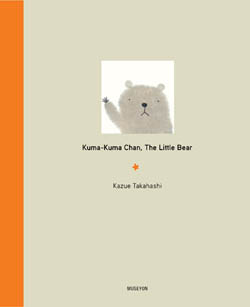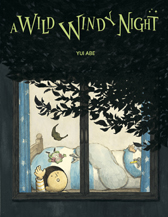 Meet Kuma-Kuma Chan, Japan’s beloved children’s character, in the first-ever English translation of famous author and illustrator Kazue Takahashi’s 2001 classic Kuma-Kuma Chan, The Little Bear. Fans of Paddington Bear and Winnie the Pooh will love the adventures of Kuma-Kuma Chan (whose name loosely translates to “cute little bear”) as this loveable creature inspires children to imagine what he does during the day—from everyday chores to seasonal activities.
Meet Kuma-Kuma Chan, Japan’s beloved children’s character, in the first-ever English translation of famous author and illustrator Kazue Takahashi’s 2001 classic Kuma-Kuma Chan, The Little Bear. Fans of Paddington Bear and Winnie the Pooh will love the adventures of Kuma-Kuma Chan (whose name loosely translates to “cute little bear”) as this loveable creature inspires children to imagine what he does during the day—from everyday chores to seasonal activities.
 Kuma-Kuma Chan, The Little Bear features soft, dreamy illustrations and a deceptively simple design that makes it easy for early readers to follow along. Kuma-Kuma Chan, The Little Bear ($12.99, 52 pages, ISBN 978-1-940842-01-1) is enjoyable for children of all ages, parents, and collectors of illustrated books.
Kuma-Kuma Chan, The Little Bear features soft, dreamy illustrations and a deceptively simple design that makes it easy for early readers to follow along. Kuma-Kuma Chan, The Little Bear ($12.99, 52 pages, ISBN 978-1-940842-01-1) is enjoyable for children of all ages, parents, and collectors of illustrated books.
Available in stores and online December, 2014.
About the Author
Kazue Takahashi is a Japanese illustrator and children’s book author whose debut book Kuma-Kuma Chan was published in Japan in 2001. She has since authored several other books for children, including Kuma Chan on a Rainy Day (about a bear cub exploring a playground in the rain) and Nyaako Chan (about a stray kitten who strolls into a woman’s house). Her adorable characters and illustrations have been embraced by people of all ages.
“This is the antidote for your overscheduled, hurried and harried child. The narrator imagines that the bear does such strenuous activities as daydreaming, taking a nap, gazing at his nail clippings, listening to the rain, and writing a long letter to a friend. (I love how Takahashi specifies that is it long.) See? We all, children included, need days like this, and the very young readers for which this story is geared—it’d be great for emerging readers, in particular—will get the joy of such activities.”
—Julie Danielson, Kirkus Reviews
“The simplicity of the storyline and illustrations makes it easy for young readers, and also invites parents and children to dive deeper and create their own dialogue and inquisitions.”
—Heather Wilson Tomoyasu, JQ Magazine
 MUSEYON BOOKS Smart City Guides for Travel, History, Art and Film Lovers
MUSEYON BOOKS Smart City Guides for Travel, History, Art and Film Lovers


